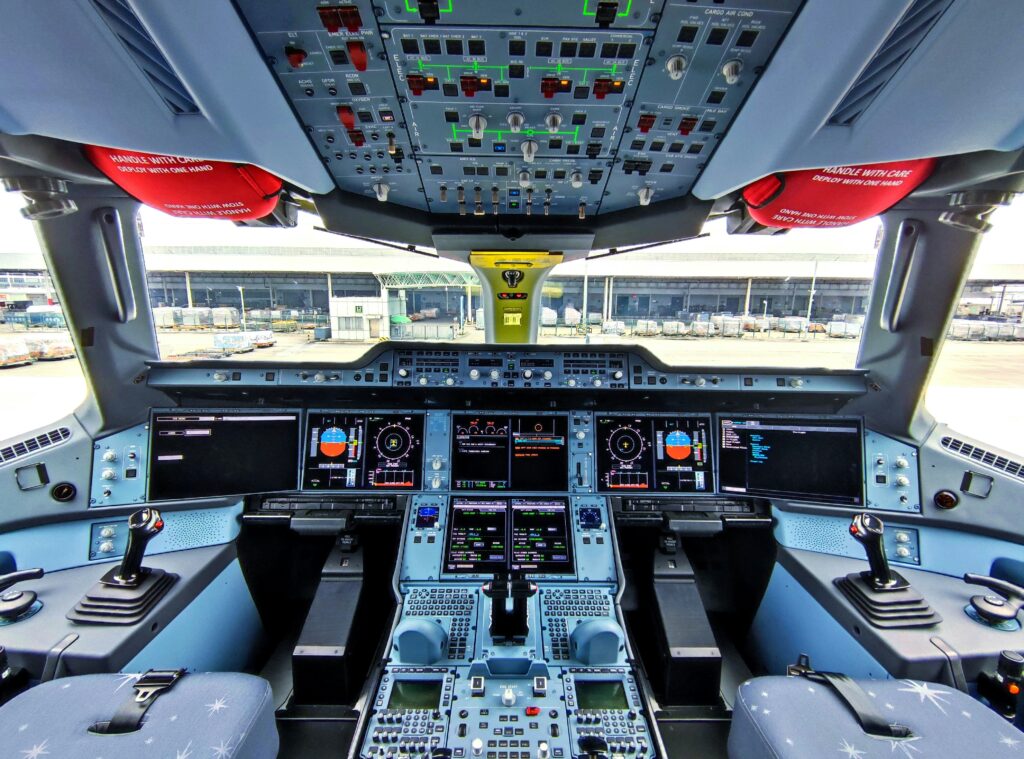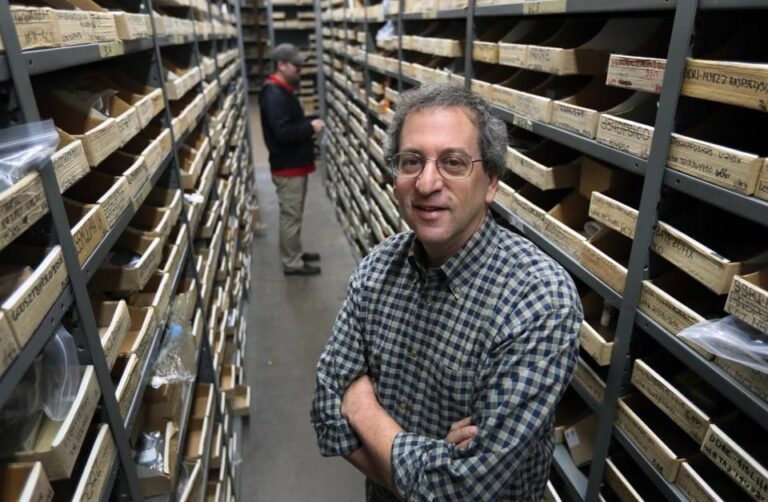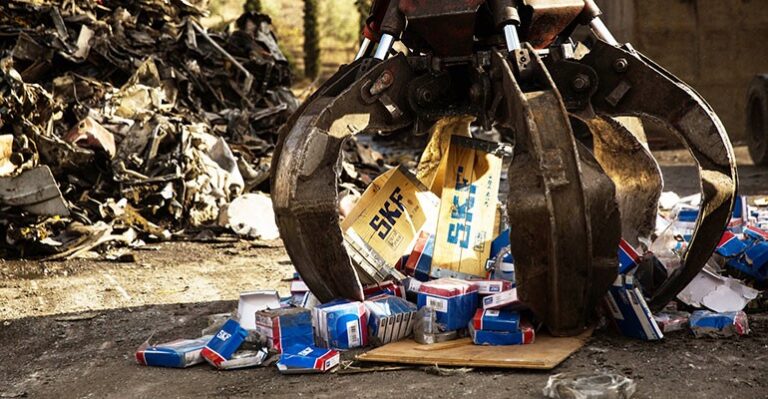
Aeronautics, the science of flight and the operation of aircraft, involves many moving parts. Where those parts move, there’s probably a bearing. From the navigation systems to the accelerometers to the landing gear, airframe control and miniature bearings play integral parts in the operation of every type of aircraft.
Flight control systems
Rudders, ailerons, gimbals, and elevators stabilize the aircraft, enabling pilots to control pitch and roll. The wings house flaps which help prevent stalling, and spoilers which pilots deploy to reduce speed. At the heart of each component are bearings — ensuring that each system remains supple, flexible, and available to the flight crew at all times.
Cockpit controls

Joysticks, accelerometers, steering wheels, pedals, and throttles depend on miniature bearings to rotate easily, preventing choppy flights and potential loss of control.
VTOL aircraft

In helicopters, VTOL (vertical take-off and landing) craft, and other rotary aircraft, bearings in the rotor and blades enable the rotors to rotate smoothly and the hydraulic blade-folding mechanisms to function.
Spacecraft
Bearings play a vital role in the control, movement, and inner working of supersonic jets, space shuttles, space stations, rovers, and satellites. Temperature extremes, unforgiving conditions, and the need for pinpoint accuracy call for the best possible equipment. That includes the bearings.
Unmanned aerial vehicles

UAVs or drones are becoming more common every day. Police and the military deploy them in dangerous situations and for surveillance. Surveyors use them in land mapping. Game wardens and forestry rangers observe wildlife, prevent poaching, and detect fires with drones. Scientists use UAVs to monitor volcanoes, animal migration, and glacial formations. Farmers track crop growth with UAVs. Photographers take aerial photographs for artistic and topographical purposes. Hobbyists race drones through complex obstacle courses and backyards. Keeping these drones aloft takes skill, patience, and the right bearings.
Fuel systems
Even aircraft fuel systems require bearings. Generators, fuel pumps, turbine veins, and compressors need bearings to rotate freely in harsh and often super-heated environments. Working to guide and pump fuel to the engines, contain it, and cool it down entails contact with toxic and corrosive fluids at high temperatures. Bearings in these conditions must be strong, hardy, and reliable.
Aircraft interiors
Hatches, door hinges, compartment doors, seat mechanisms, and even cargo bay doors use bearings. Opening the baggage compartment, adjusting the seat, and closing the outer door all involve bearings.
Landing gear
For landing gear struts, pivots, uplocks, and actuators to work smoothly, they need to avoid both friction and static — and they must work. In aeronautical circles, they refer to the phenomenon as “stiction”, a portmanteau of both words. To counter stiction, manufacturers employ low friction plain bearings. These bearings can withstand temperature swings, oscillation, and heavy wear.
Engineering matters

Engineers take every possible contingency into account when designing aircraft. Each part has a function and together they enable the aircraft to take-off, fly safely, maneuver, and land. Without appropriate, properly maintained bearings, the equipment could not perform at its best. With the right bearings, pilots, flight crews, and passengers can fly with confidence.
Alpine Bearing stocks the best airframe control and miniature bearings for use in every type of aircraft. Jets, planes, missiles, helicopters and VTOLs, spacecraft, and drones require high-quality precision bearings to maintain their integrity, fly well, and land safely.
The airframe control bearings we carry hold AS9100 and ISO9001 standard certifications, ensuring the highest quality bearings.
If you’re looking for bearings for your aeronautical product or prototype, contact the sales engineers at Alpine. They have the knowledge, experience, and expertise to recommend the right bearing for your aircraft or aircraft component.
Photo credits: Jared Brashier on Unsplash , Honglin Shaw on Unsplash, Rafik Wahba on Unsplash, Zherui Zhang on Unsplash, Hermeus on Unsplash





